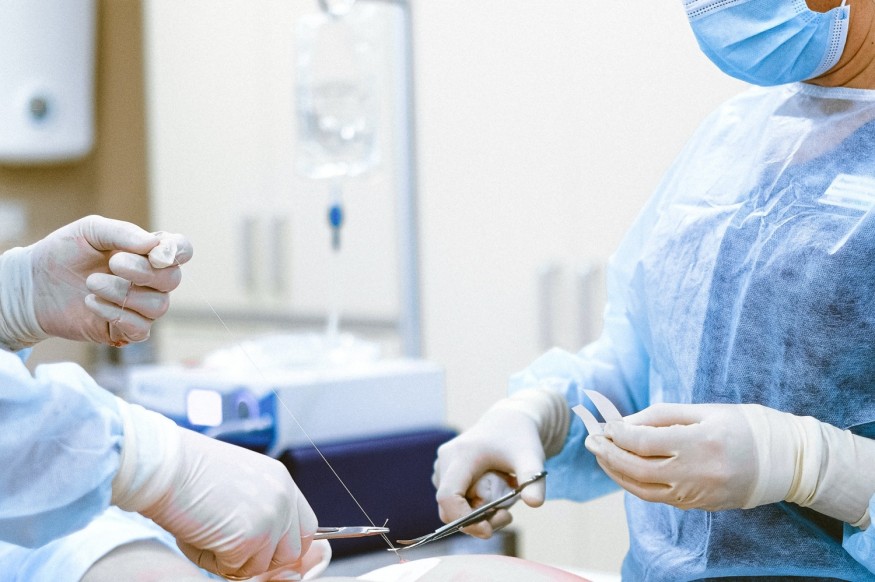The first successful "Covid to Covid" double-lung transplant in the US has been performed on a man from Glendale Heights, Illinois.
The man, Renato Aquino, first contracted COVID-19 last fall. Doctors advised his niece and family that Renato was probably brain dead and warned the family that the time for goodbyes was fast approaching.
Saddened by the news, Renato's family gathered and bid their farewells. Then, Friday, Sundstrom-- Renato's niece stayed with her uncle in Northwestern Memorial Hospital with the doctors who miraculously could bring Renato back from the doors of death.
The miracle was due to a life-saving double-lung transplant from a donor who was also diagnosed with COVID-19. According to Northwestern doctors, they believe that this operation is the first COVID-to-COVID double-lung transplant in the US.
What is a Double-Lung Transplant?

Lung transplants are life-saving operations where doctors strategically replace or removed diseased lungs or, in some cases, parts of the lungs with lungs from a healthy donor. This form of surgery can be done on one lung or both lungs, depending on the necessity.
Lung transplants can be performed on patients of all ages, from newborns to adults.
The United States has recorded roughly 2,000 citizens undergoing the procedure annually, which is a small fraction compared to the 18,000 kidney transplants yearly.
According to the University of Pittsburgh Medical Center, a double-ling transplant is a form of surgery that takes roughly 8 to more than 12 hours in order to replace both lungs of the patient with that of the donors.
Lung transplants are usually needed in patients diagnosed with severe cystic fibrosis, bronchopulmonary dysplasia, chronic obstructive pulmonary disease, heart disease, pulmonary hypertension, and more.
Risks of Lung Transplants
Like any major operation, lung transplants have their own sets of risks. Patients undergoing such an operation are advised of dangers such as bleeding, infection, blockage of blood vessels to the newly transplanted lungs, severe pulmonary edema, blood clots, and most dangerously, the rejection of the patient's body with the new transplant lungs.
John Hopkins Medicine says that rejection of a transplanted organ is a major risk in any form of surgery. It is a normal reaction of the body to reject foreign tissues and objects. Under normal circumstances, when any organ, especially the lungs, is transplanted into the patient's body, the immune system sees the new organ as a threat and may attack the organ.
To ensure that the organ will survive in its new hosts, doctors use medicines to trick the host's immune system into not rejecting or attacking the newly transplanted organ. Furthermore, one major adversity in lung transplants is the shortage of viable transplantation organs. Roughly 28% of donor's lungs meet the criteria needed in order to be used in operation.
With all the risks and complications of double-lung transplants and the additional risks due to the lung donor contracting COVID-19, it is truly miraculous that doctors were able to successfully perform the first-ever recorded COVID-to-COVID double lung transplant in the country.
Check out more news and information on COVID-19 on Science Times.
© 2025 ScienceTimes.com All rights reserved. Do not reproduce without permission. The window to the world of Science Times.












